Introduction
Welcome to a different kind of battlefield—one fought with images, songs, and sculptures. When we think of war, we often picture soldiers, strategy, and struggle. But throughout history, in the midst of conflict, humans have always created art. Why? What purpose does a painting or a poster serve when survival is on the line?
This quiz is your journey into that very question. It’s not just a test of facts, but an exploration of the human spirit. You’ll discover how art has been used as a powerful tool for propaganda, a brave form of protest, a raw and honest witness to events, and a quiet source of therapy and healing. Each question and its feedback will reveal a different facet of how creativity isn’t just a casualty of war but a vital, active participant. Get ready to see conflict through the eyes of the artists, soldiers, and civilians who lived it.
Learning Quiz
This is a learning quiz from English Plus Podcast, in which, you will be able to learn from your mistakes as much as you will learn from the answers you get right because we have added feedback for every single option in the quiz, and to help you choose the right answer if you’re not sure, there are also hints for every single option for every question. So, there’s learning all around this quiz, you can hardly call it quiz anymore! It’s a learning quiz from English Plus Podcast.
Quiz Takeaways: The Art of Survival, The Art of War
When we hear the word “war,” our minds fill with a certain set of images: soldiers in uniform, tanks rolling across fields, headlines of victory and defeat. We think of it as a story told through strategy, statistics, and struggle. But there’s another story, another history of conflict that is just as important, and it’s told not with weapons, but with paintbrushes, cameras, chisels, and songs. This is the story of the role of art in wartime, and it reveals more about the human experience of conflict than any battle plan ever could.
Perhaps the most obvious role art plays is as propaganda. When a nation goes to war, it needs to convince its people that the cause is just, that sacrifice is necessary, and that victory is certain. Art is the perfect tool for this. Think of the iconic “I Want YOU” poster from World War I, with Uncle Sam pointing directly at the viewer. It doesn’t use logic; it uses a direct, emotional appeal. Think of “Rosie the Riveter” from World War II, a symbol created to mobilize millions of women into the factory workforce. Propaganda can also have a darker side, using art to dehumanize the enemy. Racist caricatures of the Japanese in American posters or the idealized, heroic imagery of Nazi Germany were designed to strip the enemy of their humanity, making them easier to hate and to kill. In this role, art is a weapon, deployed to shape minds and steer a nation.
But for every artist working for the government, there is another working to challenge it. Art is also one of the most powerful forms of protest and critique. The perfect example is Pablo Picasso’s masterpiece, “Guernica.” This wasn’t a celebration of military might or a call to arms. It was a scream on canvas. By depicting the brutal bombing of a civilian town during the Spanish Civil War, Picasso exposed the horror of modern warfare for all to see. He created a timeless and universal anti-war symbol. The Dada art movement, which grew out of the chaos of World War I, used absurdity and nonsense to protest what they saw as the insanity of a “logical” society that could lead to such senseless slaughter. And in the 1960s, the soundtrack to the anti-Vietnam War movement wasn’t political speeches; it was the folk and rock music of artists who captured the frustration and dissent of a generation. In this sense, art talks back to power.
Beyond propaganda or protest, art serves the crucial function of being a witness. Long before 24-hour news, it was artists and illustrators who showed the public what war was really like. Men like Winslow Homer during the American Civil War sketched scenes of camp life, showing the boredom and humanity of soldiers, not just the battles. This tradition continued with official war artists and the rise of photojournalism. A single photograph, like Robert Capa’s images of the D-Day landings or Joe Rosenthal’s “Raising the Flag on Iwo Jima,” can capture a truth so profound it becomes a permanent part of the historical record. But even more powerfully, art becomes a witness in the darkest of places. The secret drawings made by prisoners in concentration camps are some of the most important artworks ever created. Made at the risk of immediate death, they were a desperate act to ensure that a truthful record would survive, a final, defiant testimony against an enemy bent on their erasure.
War is also deeply personal, and art often serves as a form of therapy and survival. Think of “Trench Art” from WWI. Soldiers, surrounded by death and destruction, would take the very materials of war—spent artillery shells, bullet casings—and transform them into something personal and often beautiful. This was more than just a hobby; it was a way to reclaim a piece of their humanity, to impose order on chaos, and to create, not just destroy. On the home front, or in cities under siege, holding a secret concert or putting on a play becomes an act of cultural survival. It’s a way for a community to affirm its identity and maintain morale, a declaration that even in the rubble, their spirit and culture remain alive.
Finally, the story of art in war involves art itself becoming a target, a treasure, and a symbol. The Nazis’ systematic looting of Europe’s great art collections was not just about greed; it was an attempt to steal the cultural heritage of entire nations, an assertion of dominance. This led to one of the most fascinating stories of the war: the “Monuments Men.” These art historians and museum curators in uniform went on a real-life treasure hunt to track and rescue these stolen masterpieces, a testament to the belief that what we create is as important to save as the people who create it. This extends to the surprising use of art in tactics, like the wild “Dazzle Camouflage” on ships, which used abstract patterns to confuse enemy submarines.
When the fighting stops, art’s job is not over. It takes on the role of memorialization. It helps us remember, mourn, and understand. A monument like the Vietnam Veterans Memorial, with its simple, stark wall of names, provides a place for a nation to reflect on the immense human cost of conflict. Through these powerful and varied roles, art proves that it is not a luxury, separate from the harsh realities of life. It is woven into the very fabric of our experience. It is a tool, a weapon, a witness, a comfort, and a legacy. It shows us who we are, who we were, and who we hope to be, even in the darkest of times.
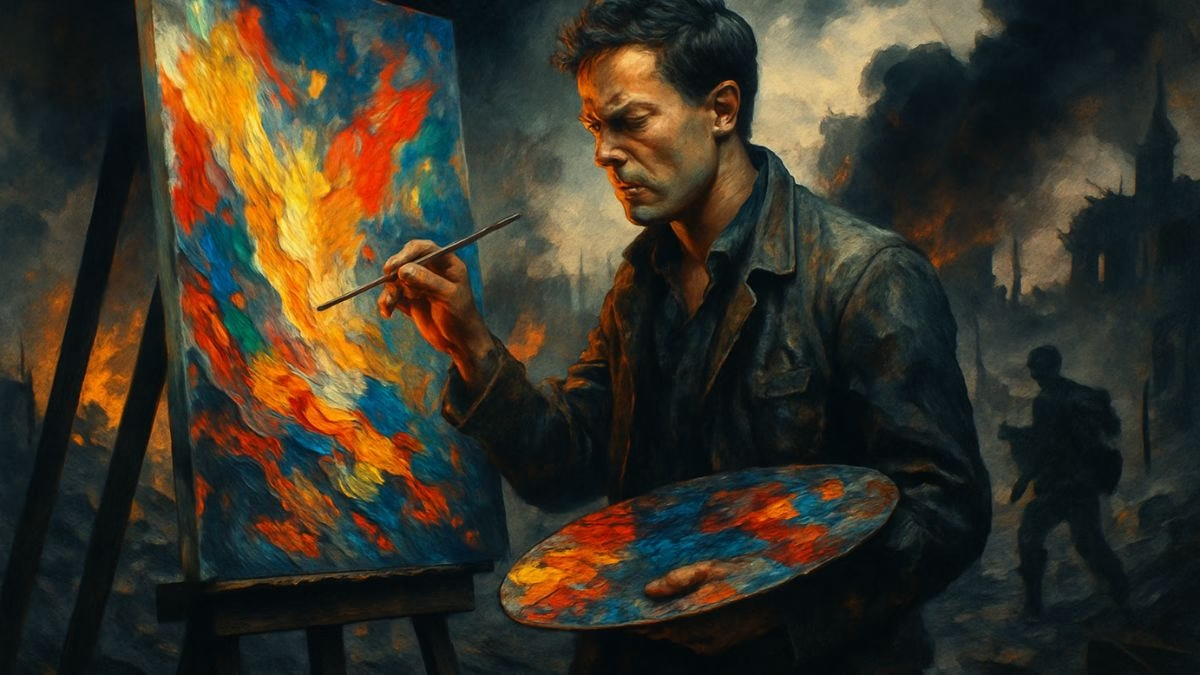
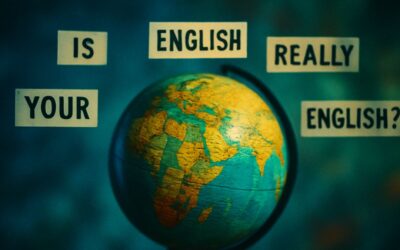
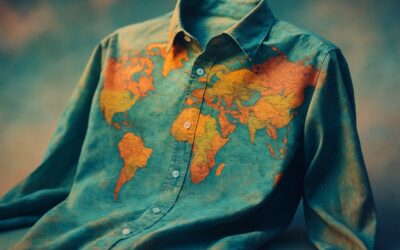
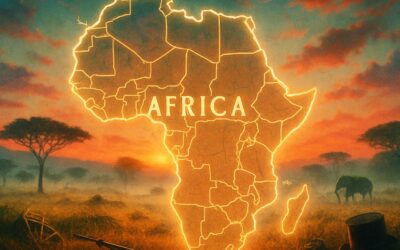
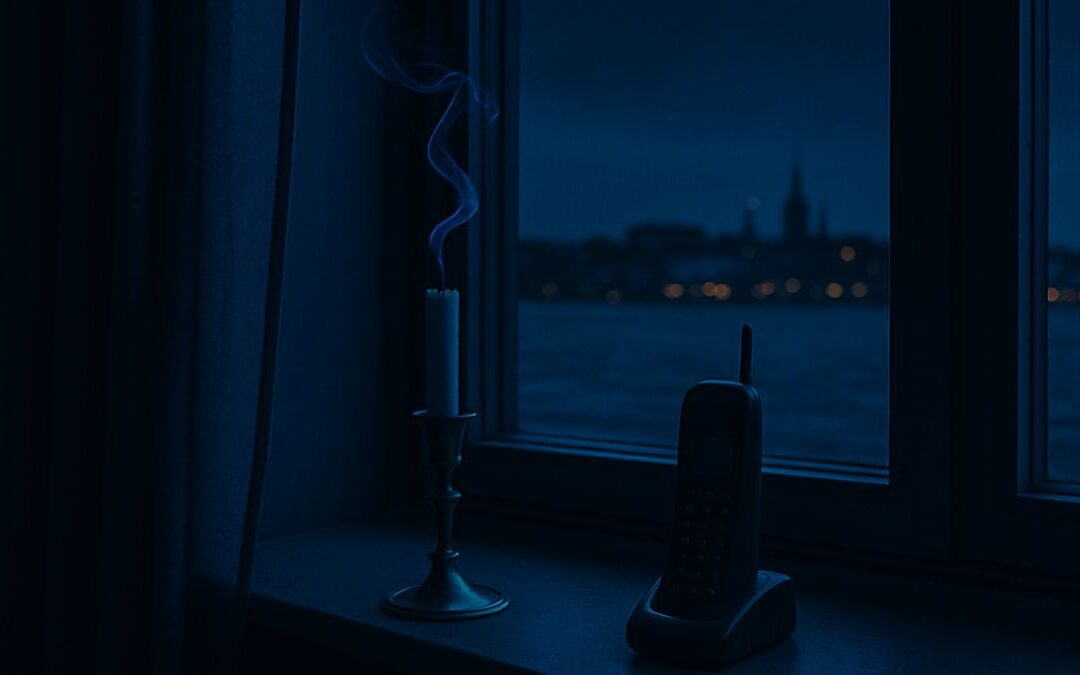
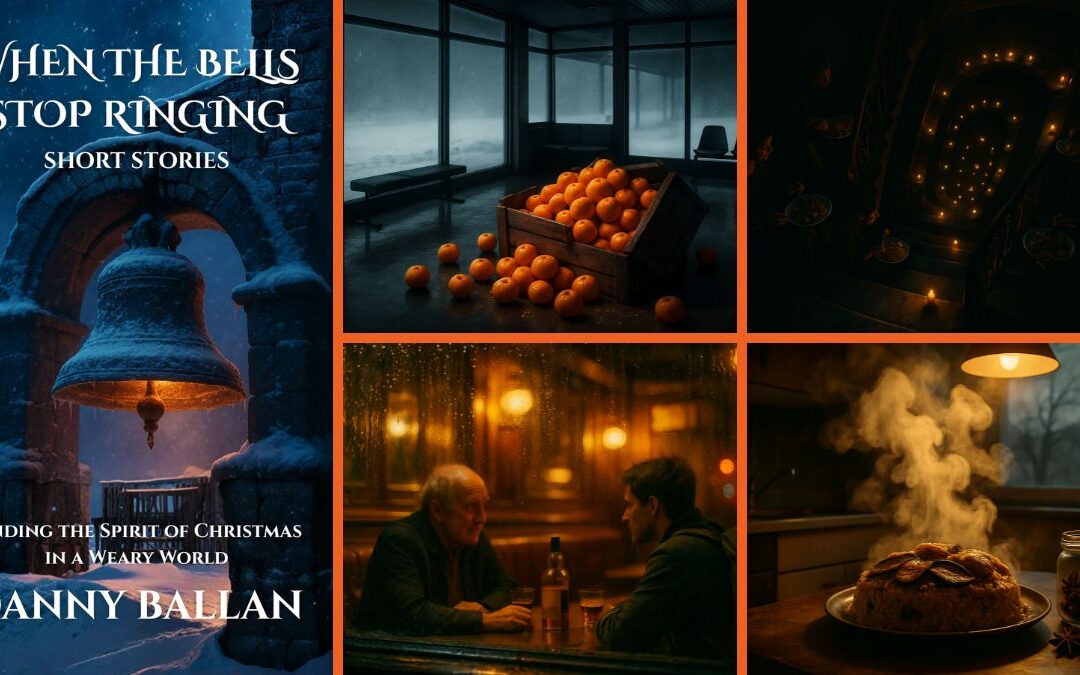
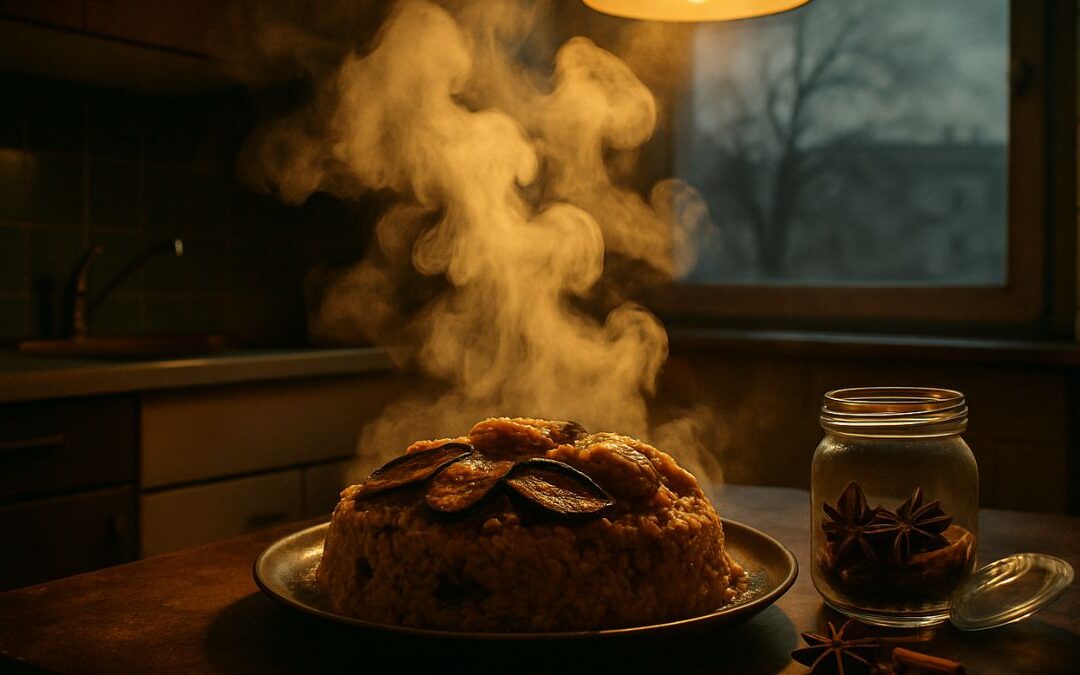

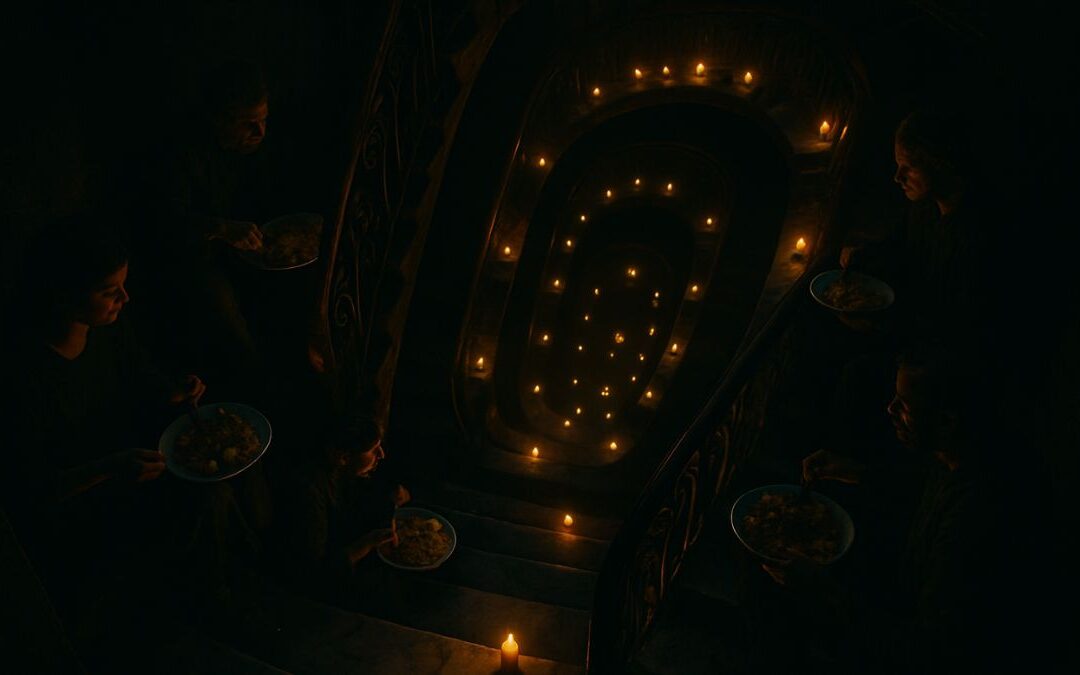
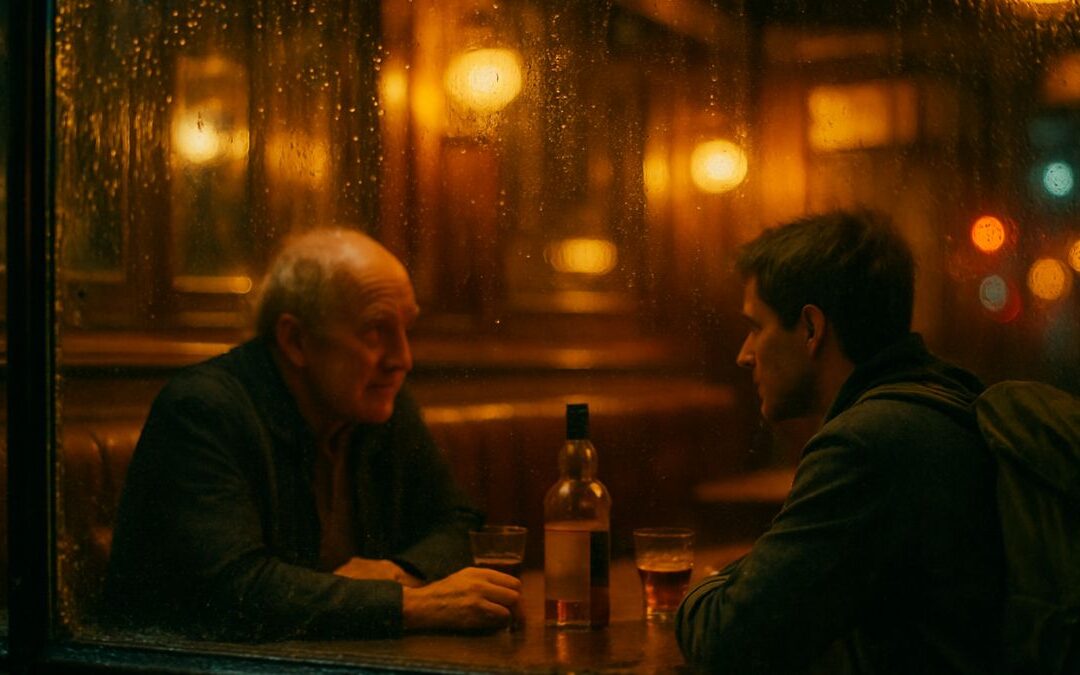
0 Comments